What to Read in Beijing: 10 Books to Keep you Inspired in the Middle Kingdom’s Capital
- Author
- Jeremiah Jenne
December to February is cold and dry in northern China. In Beijing, the capital, the temperature is freezing for most of these months, with lows averaging minus 6 °C (21 °F) and highs a chilly 4 °C (39 °F). Harbin, a city in the country's northeast, is colder still with lows regularly falling below minus 20 °C (minus 4 °F), the city covered in frost and snow. The weather sets the tone for the city's magnificent ice festival, which begins early January. Thousands upon thousands of elegant and complex ice sculptures are made, their beauty attracting visitors from afar.
Central China is cold and dry throughout, In November to February in Nanjing, one of China's former capitals, Nanjing has highs of around 10 °C (50 °F) and lows of around zero (32 °F). Xian (home to the Terracotta Warriors) is another of central China's landmark cities, one of the country’s oldest, and the weather is similar to Nanjing's, though a little colder in January the high of just 5 °C (41 °F) and lows minus 5 C (23 °F).
Southern China has a humid subtropical climate, warm to hot the whole year round. January to March, before the rains, is warm and dry(ish). Temperatures in the historic city of Guangzhou (Canton), one of the nation's key trade hubs, sees average highs of 28 °C (82 °F) in Jan to 32 (90 °F) in March, with lows averaging around 15 °C (59). Precipitation is a more than manageable 40, 70, 85 mm for January, February, and March respectively, about two thirds of the days dry.
The beautifully barren lands of northwest China, spanning Tibet, Xingjiang Gansu, Ningxia and Qinghai can be visited all year round. With much of the region desert, grassland and mountain, the winters in the region are cold and dry. Lhasa, capital of Tibet, is nestled in a valley protecting it from strong wind and intense cold, with the average temperature of minus 7 °C to 9 °C (19-48 °F) in January, warming to 0 to 14 °C (32- 57 °F) in March. Urumqi, capital of Xinjiang, is much further to the north, with average temperatures of minus 16 to minus 8 °C (3-18 °F) in January, the coldest month, but rising to minus 3 to 6 °C (27 -42 °F) in March.
Depending on the lunar calendar, January or February brings Chinese New Year, when millions use public transport to return to their hometowns. Planning ahead is essential during this busy travel period.

February
The Miao People of Yunnan celebrate this annual one-day festival in honor of their ancestors. They dress in traditional costume and plant a flower tree on a mountain. Classical music, dancing, and lion dancing are accompanied by a bullfight. There are games and competitions with prizes and a local market of food and crafts.
Location Yunnan, China

January/February
The day before Chinese New Year, people clean their houses to clear away bad luck and welcome good luck. Homes are decorated, new clothes are bought and families hold a reunion dinner comprised of fish and dumplings to symbolize wealth. Many people visit the temple at midnight to light incense and pray for a prosperous new year.
Location Countrywide, China

January/February
This seven-day holiday is one of the most important in the Chinese calendar and is referred to as Golden Week. There are noisy celebrations with fireworks, family reunions where older relatives give youngsters red envelopes with cash, and lion dance performances. Most businesses reopen on the sixth day with spring dinners for employees.
Location Countrywide, China
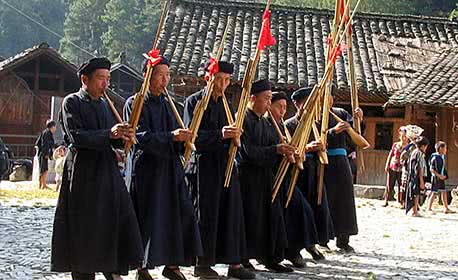
Celebrated in many different places - In Lusheng it is September (biggest one)
This is a popular four-day festival celebrated by the Miao ethnic minority of Guizhou. The Lusheng reed pipe dates back to the Tang dynasty and, as a symbol of Miao history, is played throughout the festival at ceremonies and performances of traditional dances. There are horse races on the third day and bullfighting on the fourth.
Location Lusheng, China
An Asia-focused magazine brought to you by Remote Lands - a platform for adventure, luxury, and authenticity from experts and explorers around the continent.
Here is a small selection of the kind words our clients have said about us recently.
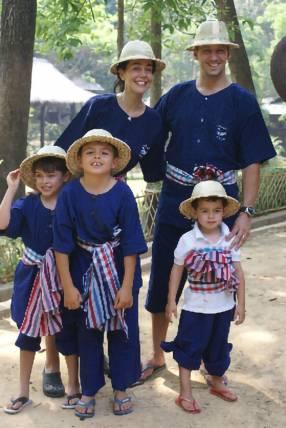
We would really like to thank the team at Remote Lands for organizing such a perfect holiday for our family

Remote Lands planned our fifteen-day, four-city China Singapore trip perfectly! They knew the ins and outs of Asia's first ever night-time F1 street race - no small feat.

Our private jet was a very important part of our trip. Most of the legs were less than 30 minutes, compared to six to 10 hours if we traveled by road. Overall, we had a fantastic trip to a new country for us. Remote Lands never fails!
You are invited to Remote Lands’ signature Aman Jet Expeditions, in partnership with our friends at Aman. These are small group journeys designed for people who usually travel independently.


Japan · Philippines · Indonesia · Maldives · Oman · Venice · Morocco
September 8–28, 2024
See Itinerary

Nepal · Bhutan · India · Sri Lanka
October 14–28, 2024
See Itinerary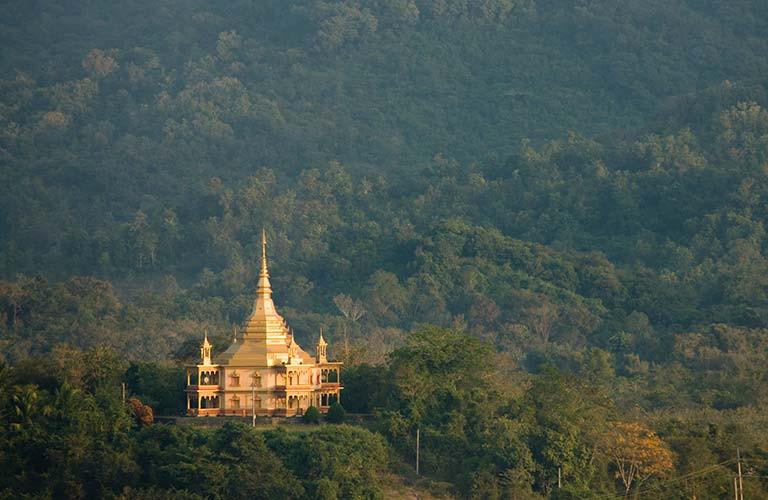

Vietnam · Laos · Cambodia · Thailand
November 10–20, 2024
See Itinerary

Japan · Vietnam · Thailand · Bhutan · India · Uzbekistan · Greece
April 19–May 9, 2025
See Itinerary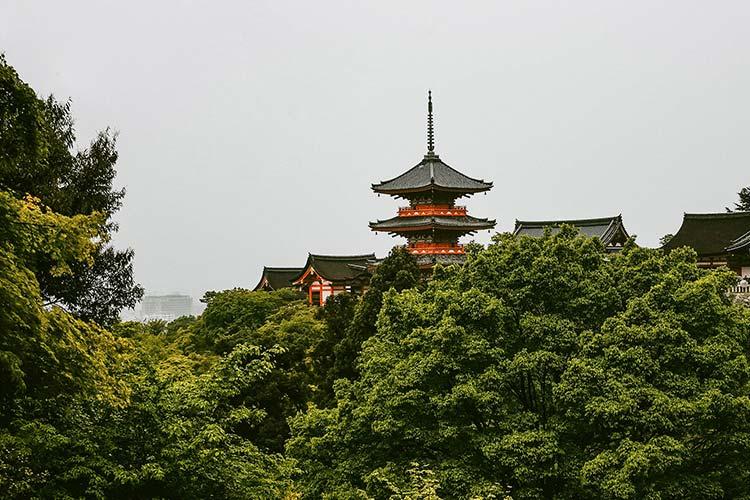

Japan · Philippines · Indonesia · Maldives · Oman · Venice · Morocco
September 7–27, 2025
See Itinerary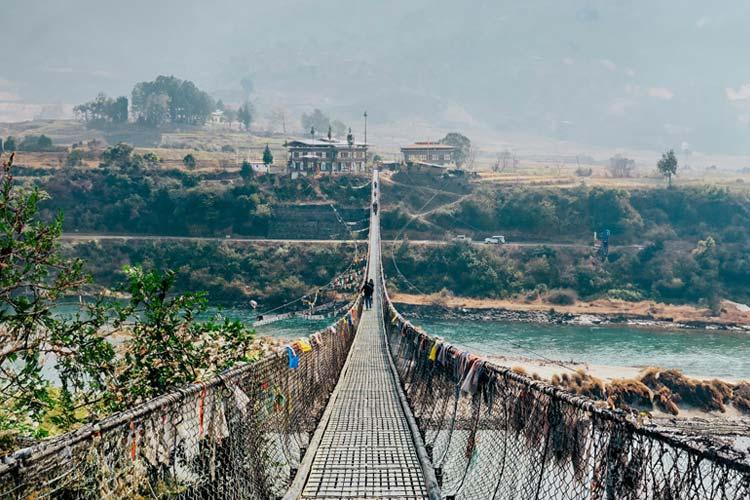

Nepal · Bhutan · India · Sri Lanka
October 19–November 2, 2025
See Itinerary
